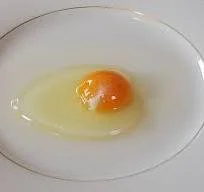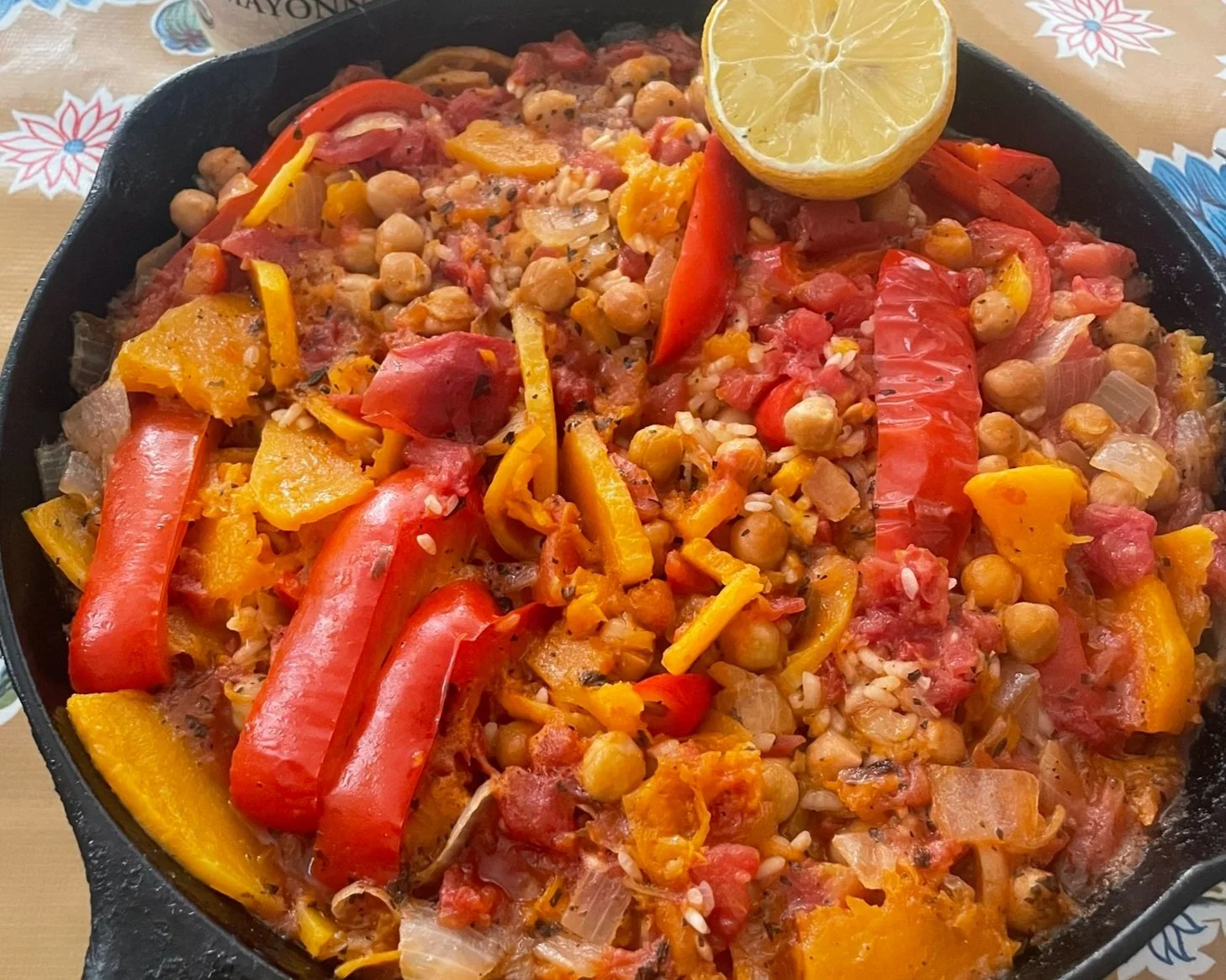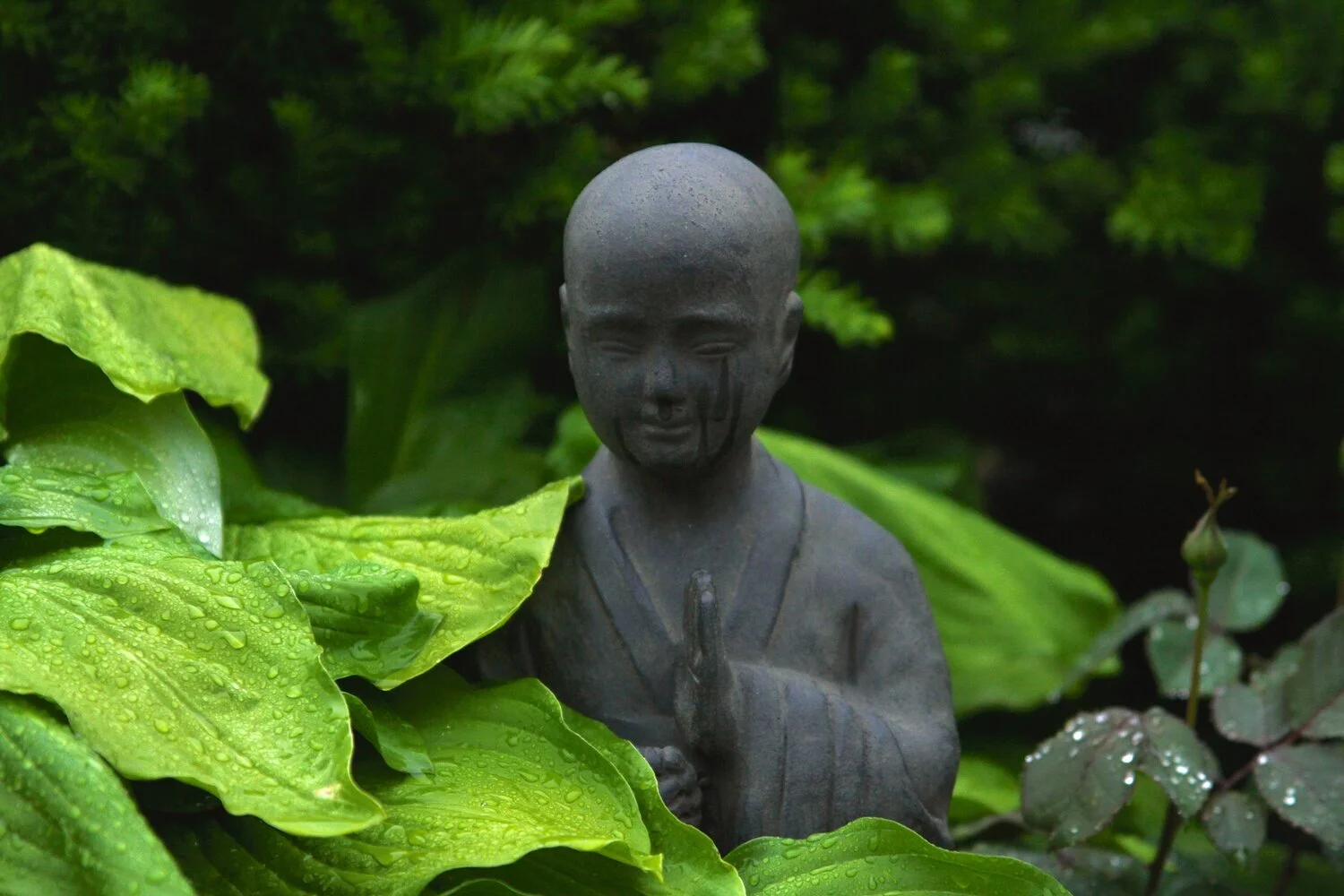Feeling like you are always sick?
I love noticing patterns in clinic as a sign of what is happening in the larger world.
Last month I had a trend of patients who wrote on their intake forms things like: “rotating sicknesses”, “I have gotten sick 3 times in the past 5 weeks”, “feel like I am always sick,” “rest does not help sicknesses,” and “lingering cold”.
Is perimenopause supposed to hurt??
I recently shared a house with a group of my lady colleagues; we had all gathered in a different city to study with one of our teachers. We had a lot to talk about, including our opinions on all the buzz around PERIMENOPAUSE.
Cinnamon Warms the Heart
When I first started studying Traditional East Asian medicine, it felt like if I studied hard enough, I could access the secrets of the universe.
"Mommy Thumb", or Why do I have so much pain postpartum?
Did you know there is also mommy back, mommy shoulders, mommy neck?
Why do I have pain since using Spironolactone?
Here in Los Angeles I treat a lot of adult patients taking Spironolactone for acne. None of them suspect that this commonly used medication is the reason behind their need to come and see me.
What is a BBT (basal body temperature) chart, should I do it, and how do I do it?
All forms of Earth life move in waves. Our menstrual cycles are no different.
Why I Love to Treat Uterine Bleeding
My favorite things to treat are those that
Make a big difference to someone's quality of life and healthcare
Have limited treatment options in conventional medicine
Leave no doubt about whether or not treatment has been successful
How to Time Sex or At-home Insemination When Trying to Conceive
One question I get a lot in the clinic is what exactly is the best way to time insemination?
The Signs and Symptoms I See and Treat After Covid Waves
Now that we are 4 years into the pandemic, I have noticed some patterns that come along with each Covid wave. After the acute infection, there are other lingering signs and symptoms easily treated with acupuncture and herbal medicine.
Here is my list:
Pediatric Tuina You Can Try at Home
If you bring your young child to a pediatric acupuncturist, you will often get homework — some sort of bodywork to do at bedtime. Here are some simple ideas you can try at home…
Delicious Dish Rich in Plant Protein for Pregnant People, Non Pregnant People, Vegans, and Omnivores
I’ve had a few pregnant people describe to me their aversion to meat, even in the 2nd and 3rd trimesters when I become more concerned about their appetite.
For those of you who might not know, I lived in Spain for 6 years. This is a dish I learned there, and the way of cooking rice is central to many Spanish dishes, including paella.
A Guide to Joy and Ease in Your Postpartum Phase
“I was hanging by a thread, and then I fell.” —A real live patient describing her last postpartum experience
“I didn’t even realize I was depressed until 5 months went by and I looked back. I remember sitting in the dark, alone, scared to move because I didn’t want my baby to wake up and start crying again.” —Another real life postpartum experience described to me by a loved one.
Why Chronic Leakage of Breast Milk is Debilitating
I remember my midwives saying that there is no such thing as oversupply. At the time, that made sense to me, but if I had known then what I know now, I could have saved myself years of feeling unwell and likely have prevented a few miscarriages.
Sick and tired of always being sick and tired?
You may have consulted countless doctors, sometimes getting a diagnosis and sometimes not.
Is the Stomach Bug Flying Around your House Trying to Get In?
There's at least one point every year where patients start coming in telling me that they ate a [insert here the last thing they ate before getting sick] and got food poisoning.
Foods for Anemia, Including my Mother's Chicken Liver Recipe
If you've ever been anemic and then come out of it, you know what a gift of health and life it is to have healthy blood.
Why Did My Acupuncture Treatment Make Me Cry?
There are sections of our bodies that become stuck by strong emotion.
Chrysanthemum, chamomile, eyes, and herbal safety
I picked my daughter up from daycare the other day and found myself studying the face of the lovely woman who makes her home a second home to my daughter and others.




















